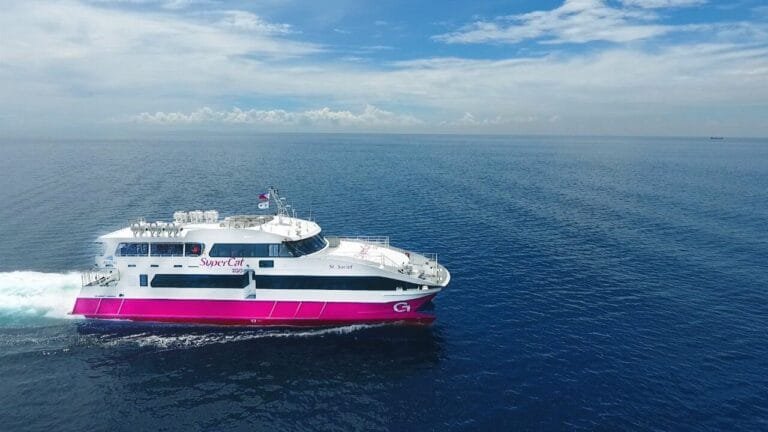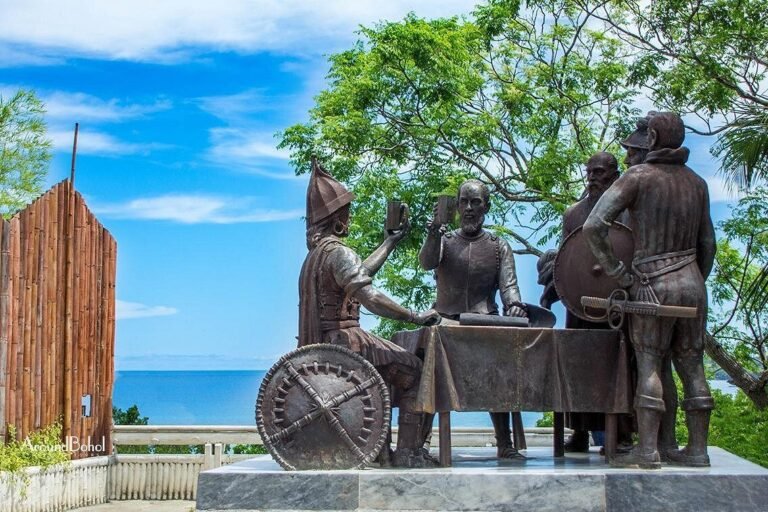Traveling to the Philippines is an incredible adventure—from white-sand beaches in Bohol to the vibrant chaos of Manila. But before packing your bags, one thing you shouldn’t overlook is travel insurance.
In this guide, we break down your options for Philippines travel insurance, what coverage to look for, whether it’s required, and how to stay safe during your stay.
🛡️ What Is Travel Insurance for the Philippines?
There are two main types of insurance for your Philippine trip:
1. Trip Insurance
Covers:
- Cancellations and delays
- Missed flights or tours
- Lost luggage
- Travel interruptions due to emergencies
Trip insurance protects your non-refundable bookings—like flights, tours, and hotel stays. If your trip gets canceled for a covered reason, you can get your money back.
2. Travel Medical Insurance
Covers:
- Emergency medical treatment
- Hospital stays
- Surgery or prescriptions
- Medical evacuation
- Repatriation of remains
This is essential if you get sick or injured during your trip. Many hospitals in the Philippines require cash upfront, so medical coverage can save you from big expenses.
✈️ Is Travel Insurance Required to Enter the Philippines?
As of now:
- No travel insurance is required for entry into the Philippines.
- But it is highly recommended, especially for medical emergencies and flight delays.
✔️ We suggest choosing a plan with:
- At least $50,000 in emergency medical coverage
- Evacuation and repatriation benefits
💰 How Much Does Philippines Travel Insurance Cost?
- Plans can start at $1/day depending on age, trip duration, and coverage limits.
- A basic trip protection plan may cost around $20–$50 for a one-week trip
- Comprehensive plans with medical coverage can go up to $75–$150+
👉 You can compare prices and book instantly at:
VisitorsCoverage – Get Travel Insurance Quotes
🏥 Why Medical Insurance Matters in the Philippines
Healthcare for tourists is available in major cities like Manila or Cebu, but:
- Not all hospitals accept international insurance
- Private care is often preferred—but pricey without coverage
- Medical evacuation to Manila or even abroad may be required for serious cases
“Having travel insurance gave us peace of mind while island-hopping in Bohol. Thankfully, we didn’t need it—but we were ready just in case.” – Traveler from Canada
🇵🇭 Entry Requirements for the Philippines
✅ Most travelers need:
- Passport valid at least 6 months beyond stay
- Proof of onward or return ticket
- Proof of sufficient funds
👤 For U.S. citizens:
- No visa needed for stays under 30 days
- Visa extensions available at local immigration offices (up to 59 days per extension)
🌤️ When Is the Best Time to Visit the Philippines?
- Dry season (Dec to Feb) is the best—cooler, less rain, great for beach trips
- March to May is hotter and still dry
- June to November is typhoon season—expect rain and occasional storm disruptions
💡 Safety Tips for Travelers
The Philippines is generally safe, but be smart:
🚨 Crime Awareness
- Watch your belongings in busy areas like Manila or Cebu
- Avoid showing off expensive gear or jewelry
- Use hotel safes for valuables and passports
🚗 Getting Around
- Use Grab (ride-sharing app) or trusted taxis
- Avoid late-night solo travel in unfamiliar areas
- If renting a vehicle, double-check insurance and vehicle condition
🌊 Nature & Weather Safety
- Always check local weather alerts during typhoon season
- Be cautious when swimming—currents can be strong
- Use insect repellent to avoid mosquito bites
“Even in rural Bohol, we found locals very friendly and helpful. Still, we kept valuables out of sight and stayed in well-reviewed accommodations.” – Solo traveler from Australia
🧳 Budgeting for the Philippines
Good news: The Philippines is very budget-friendly once you arrive!
- Meals: Street food or casual meals = $2–$6
- Hotels: Mid-range hotels = $30–$60 per night
- Transport: Short Grab rides = $1–$5
- Tours: Full-day tours in Bohol or Cebu = $25–$50 (shared), $75+ (private)
Save more by:
- Traveling in the off-season
- Booking hotels and tours early
- Bundling flights and hotel packages on Trip.com or similar platforms
📋 Quick Travel Checklist for the Philippines
✅ Valid passport (6+ months)
✅ Return/onward ticket
✅ Travel insurance (highly recommended)
✅ Local currency (Philippine Peso)
✅ Vaccinations up-to-date
✅ Bottled water and basic first aid kit
✅ Offline maps or GPS apps
✅ Copies of passport and insurance details
📌 Final Travel Resources
- 🇵🇭 Philippine Tourism Official Site – For attractions and travel updates
- 🧳 Get Insurance Quotes Online – Instant coverage options
- 🚖 Use Grab app for safe local transport
- 🏨 Book accommodations early, especially during peak months
Traveling to the Philippines can be safe, fun, and affordable—especially when you’re prepared. Make the most of your trip by securing reliable travel insurance, planning for weather and safety, and immersing yourself in the warm hospitality the country is known for.
Support our site by booking your travel insurance through our partners. These affiliate links help us keep content free while ensuring you get the best protection for your journey.







